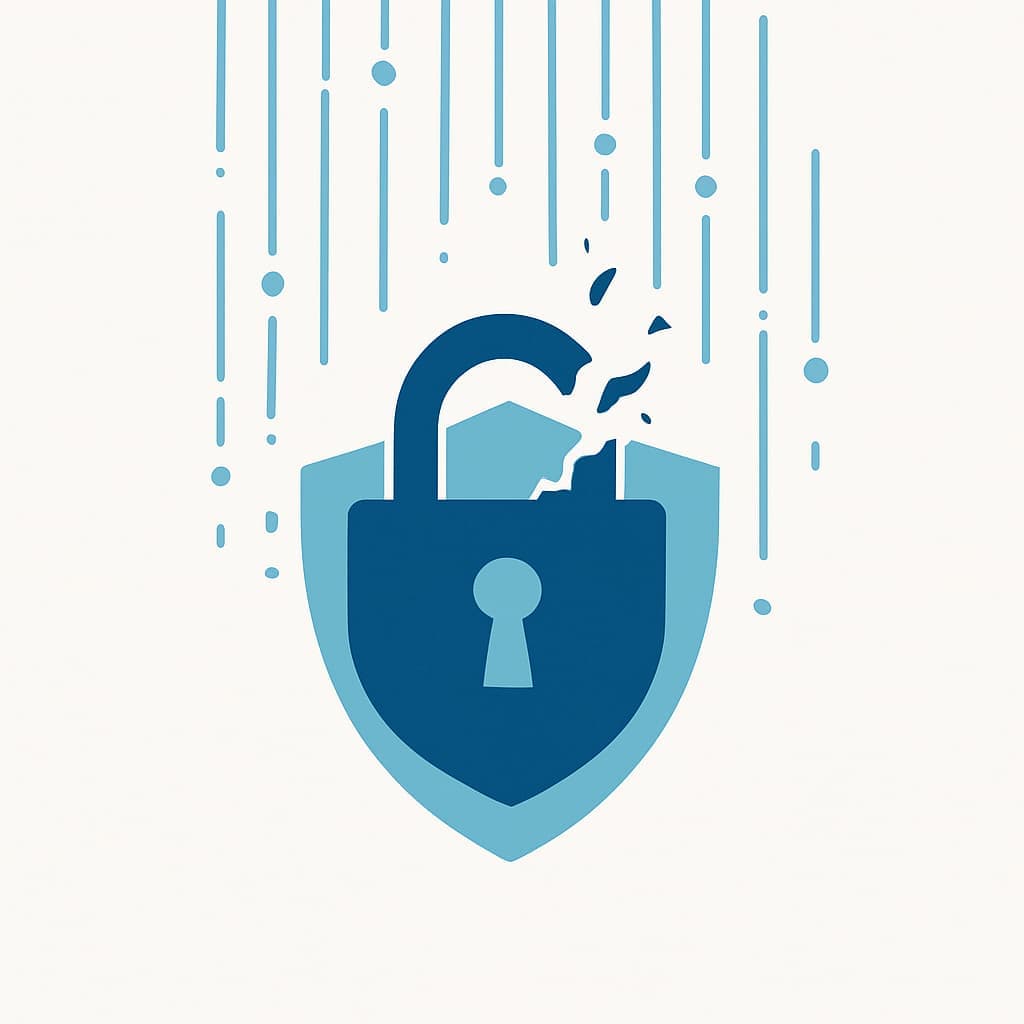Imagine waking up one morning, typing your own name into Google, and seeing private photos or documents you never meant to share. Your heart races, your stomach knots—and you realize it’s too late: the internet already knows.
In today’s world, anything you store online can pop up in search results almost instantly. That sudden shock—what we call a leaked content crisis—can leave even tech-savvy people at a loss.
You might feel panic, shame or anger. Yet, the first step to fixing this is simple: understanding what happened and why it matters.
First, remember that Google doesn’t judge; it just indexes. If a link is public, it can be found. Second, acting quickly reduces damage. The longer private files stay online, the harder they are to remove.
Finally, realize that you’re not alone. Many experts in online reputation management have helped people regain control after a leak.
Now that you know how serious a leaked content crisis can be, let’s look at the exact situations where it strikes – and why so many of us suddenly ask, “How do I remove leaked content from Google?”
When Leaks Happen and Why?
- Hacked cloud backups
- Example: Emma kept family photos backed up in the cloud. When her account was breached, dozens of private images went live on public servers. She felt exposed and didn’t know how to remove leaked content on her own.
- Example: Emma kept family photos backed up in the cloud. When her account was breached, dozens of private images went live on public servers. She felt exposed and didn’t know how to remove leaked content on her own.
- Ex-partner disclosures
- Example: After a breakup, John discovered intimate videos posted on sites he’d never heard of. Despite filling out removal forms, he saw the same clips resurfacing on mirrors and reposts. He soon realized he needed true adult content removal help.
- Example: After a breakup, John discovered intimate videos posted on sites he’d never heard of. Despite filling out removal forms, he saw the same clips resurfacing on mirrors and reposts. He soon realized he needed true adult content removal help.
- Accidental public links
- Example: A small-business owner named Carlos stored financial spreadsheets in a shared folder. A typo in the settings made the folder public—and Google indexed it within hours. Carlos had to learn how to remove leaked content fast to protect client data.
- Example: A small-business owner named Carlos stored financial spreadsheets in a shared folder. A typo in the settings made the folder public—and Google indexed it within hours. Carlos had to learn how to remove leaked content fast to protect client data.
- Content scraped by third parties
- Example: Maria wrote a personal blog post that was copied wholesale by a scraper site. Although she owned the copyright, she felt overwhelmed by the leaked content multiplying across dozens of mirror domains.
- Example: Maria wrote a personal blog post that was copied wholesale by a scraper site. Although she owned the copyright, she felt overwhelmed by the leaked content multiplying across dozens of mirror domains.
Each and every case shows how easy it is to face a leak—and why simple DIY steps sometimes fall short. In the next section, you’ll get a clear, step-by-step guide on how to tackle most removal requests yourself.
DIY Takedown: Step-by-Step Guide

Ready to take back control? Even if you’ve never filed a removal request, these clear steps will help you learn how to remove leaked content yourself.
Find every link
First, make a list of URLs where your private files appear. Simply type site: plus your domain or keywords into Google. You can also use reverse-image tools to spot copies of your photos.
Use Google’s removal tool
Next, go to Google’s Remove Outdated Content page. Paste each URL, explain why it’s private, and hit submit. Always give exact addresses and plain reasons (for example, “These are personal photos shared without consent”).
Send legal notices if needed
Then, if the leaks involve your own writing or photos, consider a DMCA notice. For false statements or defamation, use Google’s legal help form. Providing proof—like a link to your original post—speeds things up.
Contact hosting services
After that, look up the site’s host via a WHOIS search. Send a simple takedown email: state what’s wrong, include proof, and request removal.
Boost positive material
Finally, publish fresh, positive pages about yourself. Well-optimized posts can push unwanted links farther down the search results.
Real case: When Lisa spotted her private documents indexed online, she spent one afternoon listing URLs, filled out Google’s removal form, and saw most links gone within a week.
You’ve now got the basic tools to remove leaked content on your own. But what happens when mirrors pop up faster than you can delete them? That’s when expert help makes all the difference.
When to Engage Professional Removal Services
Sometimes a simple form isn’t enough, especially with adult or high-volume leaks. Here’s how to know when to call in a specialist.
- Complex adult content removal
If explicit images or videos reappear on dozens of mirror sites, DIY steps often fail. - Rapid reposting networks
Automated scrapers can copy your files hundreds of times. Manual requests won’t keep up. - Legal escalation needs
Some sites ignore basic forms. You may need a cease-and-desist letter or court order. - Specialized tools and monitoring
Professionals use deep-web searches, automated alerts, and custom takedown scripts to stay ahead of reposts.
Real-life example
After filling out dozens of forms, Mark still saw his private video pop up on new domains every day. He hired a content-removal firm that used automated scans and legal letters—and within 48 hours, over 80% of links were removed.
Deciding between DIY and expert services depends on your time, technical comfort, and the leak’s size. Next, we’ll outline how to choose the path that fits your situation best.
Choosing Your Path: DIY or Expert Help?
Feeling unsure which route fits your situation? Let’s break it down so you can decide with confidence.
- Assess the scale of leaks
- Just a few links: You can likely handle removal yourself.
- Dozens or hundreds of mirrors: Professional support may save you hours.
- Just a few links: You can likely handle removal yourself.
- Consider content sensitivity
- Non-explicit files: DIY forms and requests usually work.
- Adult or highly personal material: Experts have tools and legal contacts to act fast.
- Non-explicit files: DIY forms and requests usually work.
- Evaluate your resources
- Time and tech comfort: If you enjoy clicking through forms and tracking progress, do it yourself.
- Limited time or expertise: Reputation firms handle the details so you don’t have to.
- Time and tech comfort: If you enjoy clicking through forms and tracking progress, do it yourself.
Quick-reference checklist:
- Count affected URLs
- Identify if content is explicit
- Note any repeat reposts
- Match your available hours
Now that you’ve weighed your options, here’s a simple plan to follow next.
Next Steps: Regaining Control
- Start your audit today: List all the pages showing your leaked files.
- Choose your method: Pick DIY for small leaks or hire a specialist for bigger crises.
- Set reminders: Check back in a week to confirm removals or to follow up.
Every minute you wait gives Google a chance to deepen that leak in search results. Take action now—and reclaim your privacy.
Hence, by following these clear steps, you’ll know exactly how to remove leaked content, protect your reputation, and prevent future shocks.
Good luck—your online life is worth defending.
